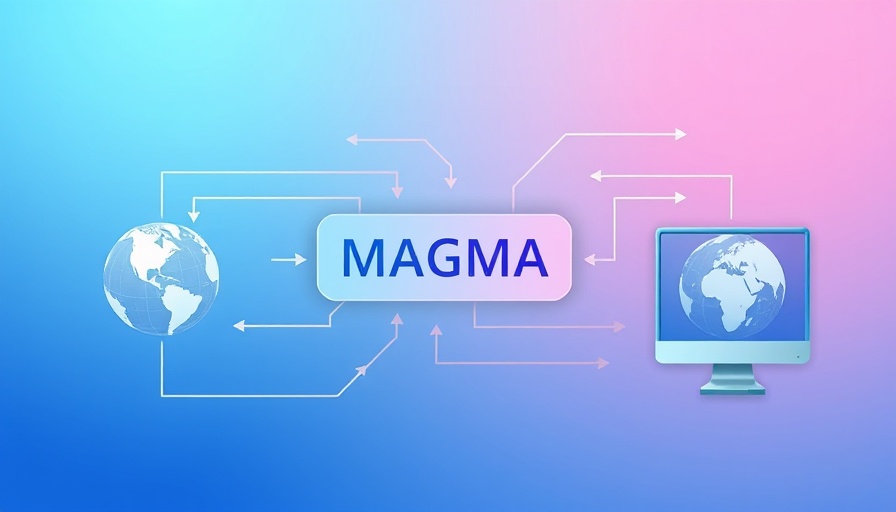
The Emergence of Magma: Redefining AI's Role Across Realities
Imagine a digital assistant not constrained by the screen but capable of mediating between the tangible and virtual worlds. With
Magma, Microsoft researchers are pushing the boundaries of artificial intelligence, creating a multimodal AI foundation model designed to manage tasks across both realms. This innovative model embodies an evolution in agentic AI, characterized by an unprecedented fusion of visual perception, linguistic comprehension, and action execution.
Understanding Magma: A New Paradigm in AI
Magma stands out as one of the pioneering models capable of bridging diverse environments through the integration of Vision-Language-Action (VLA) frameworks. It adeptly synthesizes multilayered inputs—verbal, visual, and spatial—to propose actions across digital interfaces and real-world interactions. This advancement means that AI agents can not only recognize user interface elements but also manipulate physical objects as intelligently as they navigate software menus.
Innovative Training Techniques that Empower Magma
The success of Magma can be attributed to its novel training approaches known as Set-of-Mark (SoM) and Trace-of-Mark (ToM). SoM focus on highlighting key actionable elements within static images, enabling the model to efficiently ground actions—whether that’s pressing a button or picking up an object. Meanwhile, ToM extends this concept to dynamic environments by tracking the motion of objects over time, allowing the AI to plan actions intelligently. This dual strategy of action grounding and planning positions Magma to outperform specific, task-oriented models that previously dominated the industry.
The Potential Impacts of Magma on Robotics
Magma's versatility also opens up new frontiers in robotics. For instance, consider a home assistant robot. With its improved capacity, Magma can learn how to handle new types of objects and interact with environments previously unencountered. Such advancements signal a transformative shift in how robots operate in our homes, workplaces, and more. This capacity to understand and engage meaningfully with their environments could revolutionize sectors such as elder care and domestic assistance, changing perceptions of what is achievable through AI technology.
Moving Beyond Limitations: A Generalist Approach
Traditional AI models often falter when required to adapt to unfamiliar tasks and environments. Magma, however, seeks to address these limitations by leveraging a vast dataset that encompasses varied scenarios. Unlike models designed for narrow tasks, Magma's generalist approach showcases robust cross-domain functionality. Its ability to effectively generalize from a rich blend of digital and physical datasets marks a significant milestone for future AI systems.
Community and Collaboration: Sharing the Vision
Magma isn’t merely a product of Microsoft; it represents a collaborative effort with researchers from various prestigious institutions. By pooling knowledge and resources, these teams are sculpting the future of agentic AI. The convergence of interdisciplinary research emphasizes the necessity of collaborative innovation in driving technological advancements—an ethos that could define the AI landscape in the coming years.
The Wider Implications and Future Trends
As we look ahead, the implications of Magma stretch far beyond robotics. It provides a roadmap for creating highly capable agentic AI that integrates skills across domains. The potential applications of Magma expand into areas such as smart urban planning, healthcare monitoring, and enhanced user experiences. There lies an opportunity for businesses to harness this technology to deliver more automated, efficient, and user-friendly solutions.
With these exciting developments in agentic AI, enthusiasts are invited to explore how Magma may transform our interaction with technology both now and in the future.
 Add Row
Add Row  Add
Add 


 Add Row
Add Row  Add
Add 

Write A Comment